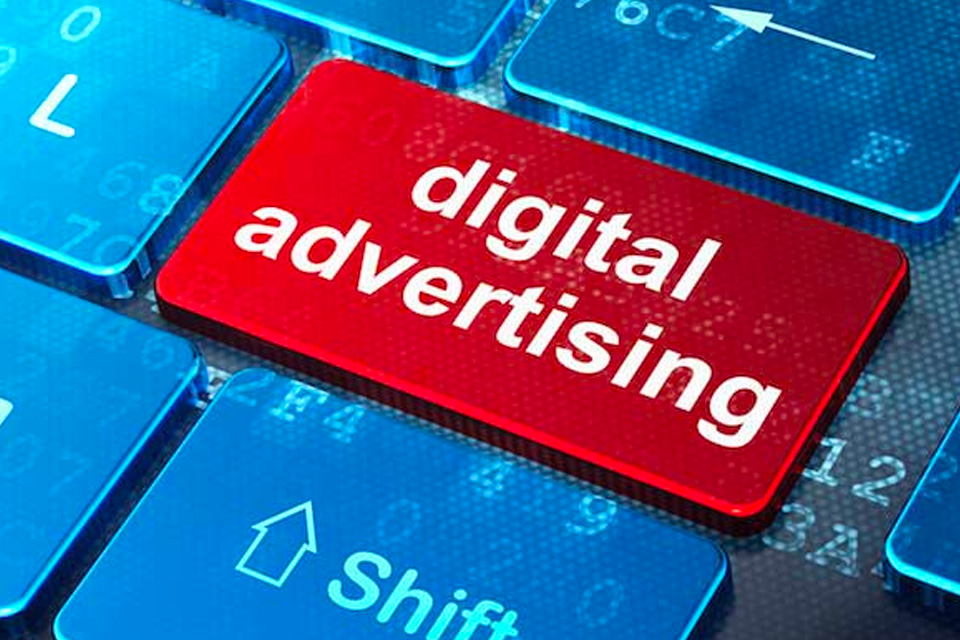John Wanamaker was a successful merchant, political and religious leader, often considered to be a pioneer in the marketing world. In the 1800s, he is credited with saying, “Half the money I spend on advertising is wasted; the trouble is I don’t know which half.”
That sentiment has never changed, and it never will.
Which is why it’s difficult when someone asks what seems like simple questions:
Can you send me proof why digital advertising will work for my business?
Will you guarantee that our company will grow if we introduce digital ads into our marketing platform?
What Is Digital Marketing?
Digital marketing is an umbrella term that encompasses products and services using digital technologies. It can be on the Internet, but can also include mobile phones, display advertising, and other digital media.
Digital marketing consists of a variety of services, such as search engine optimization (SEO), search engine marketing (SEM), content marketing, content automation, campaign marketing, social media marketing, social media optimization, display advertising, ebooks, email marketing. It also extends to non-Internet marketing channels such as mobile phones (SMS and MMS), callback, and on-hold mobile ringtones.
Marketing itself is simply the action of promoting and selling products or services. It includes all functions of that task, including market research and advertising. And in truth, we’ve been doing that since the day man first walked on the earth. Ever “sold” your friends on a place to go to dinner Friday night? Or raved about a new movie you went to see? In a sense, you “marketed” your ideas and sold the listener on your recommendation.
By adding the concept of digital to the word marketing, you’re merely narrowing the action. You’re selecting how you will deliver the message – in this case, in the digital world.
Digital Growth
Personal computers, or PCs, are now a standard in every household and on every desk in virtually every home and office, with penetration leveling out at about 80 percent. The definition of a PC remained fairly stable for a number of years, but that all changed with the introduction of new technology. Laptops, notebooks, tablets, and other handheld computers now lead in sales, and are quickly overtaking the way we access information.
While the personal computer revolutionized so much of our world, it wasn’t until smart technology took over that it changed the way we lived.
Mobile phones impacted our lives; but it was the smartphone that changed the way we did everything: the way we searched, shopped, absorbed entertainment and information, and even talked with our friends. Smart technology began impacting society in 2007 with the introduction of Apple’s iPhone. In ten years time, over one-third of the world’s population will have a smartphone. That’s almost 2.6 billion people that have smart technology in the palm of their hands.
Think of how you operate today. Do you get your news from a newspaper or an online news source? Do you head to the store or order online? Do watch a DVD or do you stream a show from the Internet?
Yep, the way we do just about everything is changing every day.
Just a short time ago, advertising meant postcards, flyers, business cards, brochures, coupons, and print ads. Now a business couldn’t imagine finding customers if they didn’t have digital advertising too.
A business without a website? It probably won’t succeed for the long term.
Because being online means having the ability to find your customers in very distinct ways.
Dig Deeper
How To Audit Your Content To See If It’s Helping Or Hurting Your Online Presence
How Do You Know If Your SEO Campaign Succeeds?
Digital ads work because:
Digital Advertising Drives Sales
Think about how you shop. For larger items, you no longer have to go to the store for comparisons. You pull out your tablet or smartphone and pull up Google. Within seconds, you can have reviews of dozens of competitive brands. You can find lists that will show you the “best” features or the “top” reasons for making a selection. You can pull up manufacturers sites and dive into the details, or search for reviews to determine how independent people feel about a product or service.
If you’re there, you gain attention. If you’re not, you don’t.
Digital Advertising Enhances Non-Digital Advertising
Still love your postcards? Want people to shop your store more? Combine it with a digital ad campaign, and you can connect with your customers over and over again. And drive sales when it benefits you most.
Like the restaurant that saw a drop in their Tuesday sales. So they started up a marketing campaign that sent out postcards to the local community, encouraging them to sign up online for valuable coupons. Then through the use of an email campaign, they had the ability to send out coupons to their followers on slow days – like a Tuesday morning – offering everything from free drinks, to free appetizers, to free desserts. Tuesday’s quickly became one of their hottest nights for business.
Digital Advertising Can Impact Every Level Of Customer Service
People love doing independent research before they reach out and ask for more information. That’s the beauty of a website; it allows you to fill the online world with more information than your customer could ever read. From ebooks, autoresponder series, landing pages, blog content, social media content … the opportunity is unlimited to what you can create and how you can present it to your prospects and customers.
If your customers have ever requested more information, asked a question, or added a comment, there’s a way to automate and digitize that process. And as the experts in digital marketing and advertising, we can help you map out the process and begin making changes today.
Digital Advertising is Essential To Reaching Your Audience
How would you describe your customer? Unless you’re new in the marketing world, you know the more distinctly you can identify who your customer is, the easier it is to reach them. Your definition should never be generic: any female, for instance. Instead, see that person as an individual: a 30-year-old female who is recently married, just bought her first home, and is working full time as a professional.
See the difference?
How would you advertise to a female? Unlimited and unfocused possibilities. But when you narrow it down to the 30-year-old female, all of a sudden you begin to see her as a real person. You can see what sites she visits and create ads for those sites. You can understand what she searches for on Google and be in the ranking results when she looks.
Do digital ads work? You bet. The only question is, how are they working for you?




